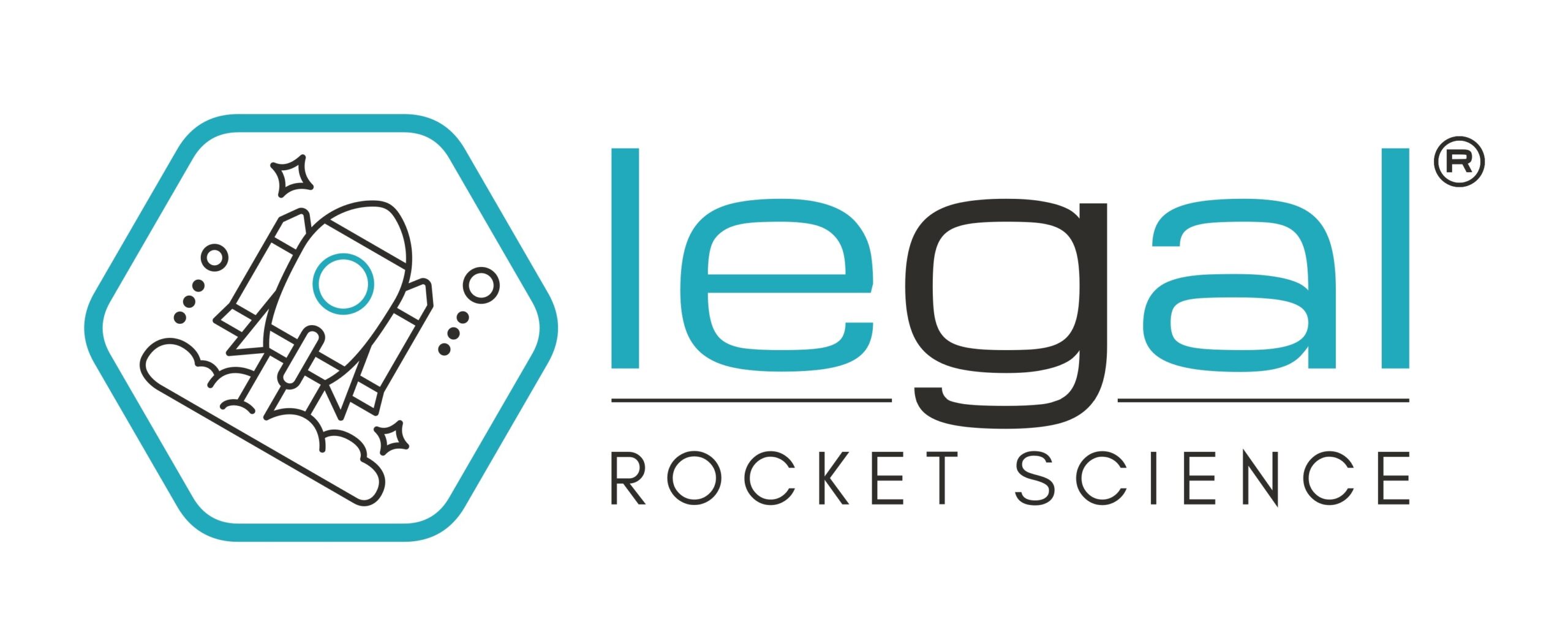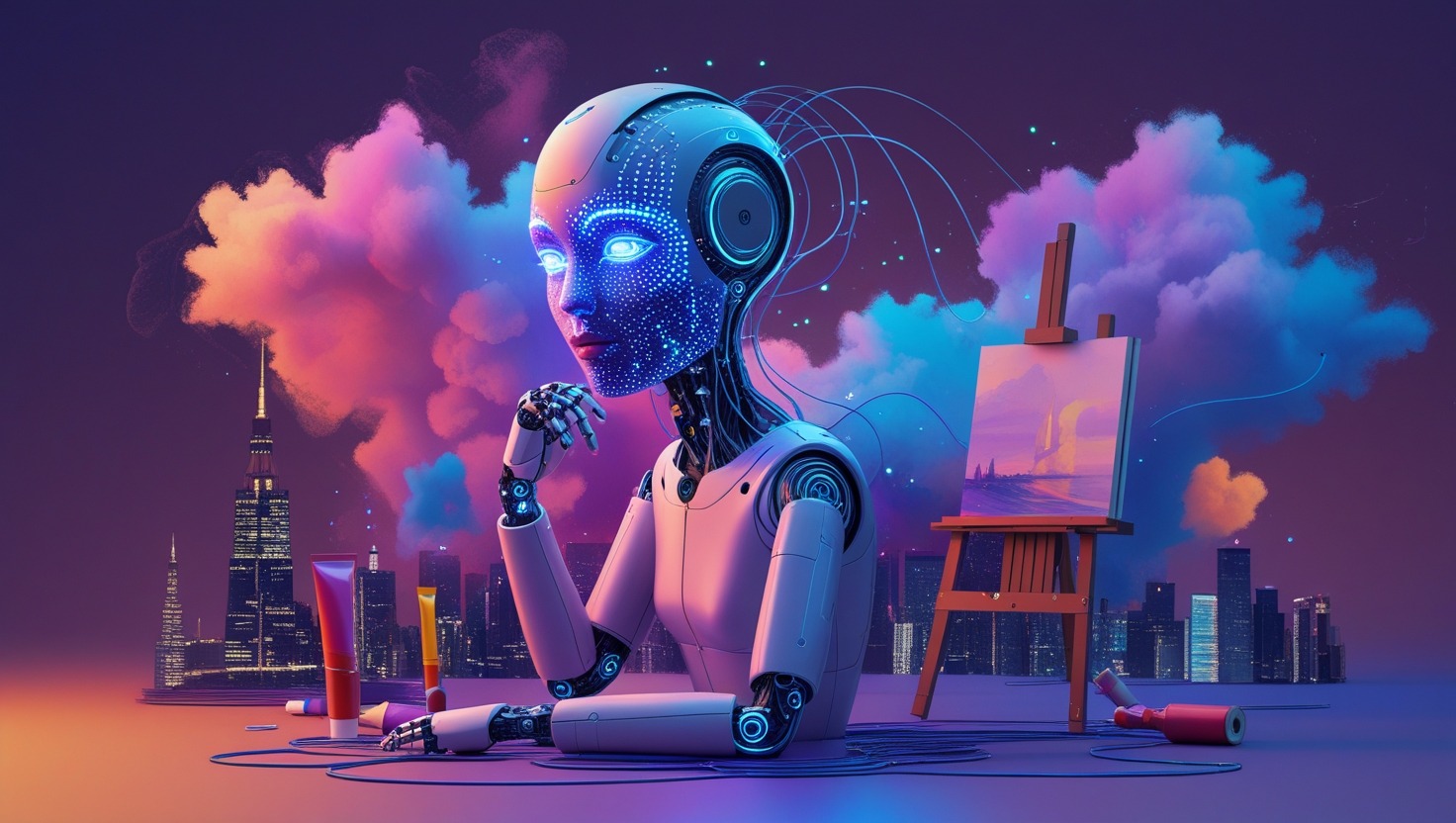Artificial Intelligence (AI) is revolutionizing many fields, including content creation. One of the fascinating possibilities it offers is the imitation of distinctive artistic styles for photos and graphics. Last week, a heated discussion swept through the internet between proponents and opponents of freedom in this area. But what is the actual legal situation?
What is within the scope of copyrights protection?
In Poland, the fundamental legal act regulating copyright issues is the IP Law. According to this act, for someone to be entitled to copyright, the following conditions must be met (Article 1 of the IP Law):
- the author is a human being, because only humans undertake creative activity in the sense of inventing new things and can be entitled to rights,
- the effect produced as a result of human work is not only creative but also has an individual character (it is original and differs from the work of others),
- the work has been fixed in a tangible form.
The regulations clearly state that fleeting and intangible effects of human intellect such as ideas, discoveries, procedures, methods and principles of operation, or mathematical concepts are not subject to copyright protection. This is because a work protected by law must be expressed, that is, allow for its proverbial "touching."
Let's imagine an application for a certificate from ZUS (Social Insurance Institution). It is created by a human, but it does not have a creative or individual character – therefore, the IP Law directly excludes it from copyright protection.
How are works created in practice, and what about AI-generated creations?
It's easy to imagine a situation where we're watching a reel on Instagram or a video on YouTube. On the screen is a person telling their story. In the background, graphics are jumping around, and colorful captions are scrolling. Some music is playing. The creator publishes the material on their channel, so it's clear who the author of the work is and who holds the copyright. If someone wants to use their material, certain amounts should be paid into their account. But will it always be this clear?
Indeed, the regulations state that when there is uncertainty about who the author of this type of work is, we first check who has placed their name on it (Article 8(2) of the IP Law). But a reel or a film doesn't come out of thin air. It generally consists of elements created by someone else: graphics or music available in the tools of the social media platform or downloaded somewhere from the depths of the internet. Only when put together do they create a momentous work that we scroll past in 3 seconds on our smartphone or laptop screen. The regulations clearly state that when creating a new work based on pieces of other people's works, there is a fine line between inspiration and plagiarism. Because although adaptations, translations, or arrangements result in the creation of a new work, its exploitation requires the consent of the authors of the original materials (Article 2(1) in conjunction with Article 46 of the IP Law).
How thin is that line? It depends. Seriously, because lawyers' disputes about whether 30% similarity is enough, or whether you need to exceed a magic 50%, or maybe even 99% still isn't similar, can last for generations.
Therefore, processes of this type are always tedious and lengthy. Much depends on the kind of work we are talking about and how distinctive its elements are. Additionally, with AI-generated graphics, there is an extra problem with copyright. The materials are generated by a machine after receiving instructions. To demonstrate that its work is the creation of the person who entered the commands, it is necessary to show the creative and individual nature of the prompt. It can be expected that this will be another area where there will be no end to lawyers' disputes about which elements of the prompt were a great act of true (co-)creation.
Copyright and image rights, or how avatars should evolve
In public discourse about the problem of "AI piracy," the issue of copyright infringement generally comes up. However, this is a significant simplification, because intellectual property rights are not only the rights of the author of a work, but also industrial property rights. These include trademarks, which can be... characters from fairy tales or books, if their personality traits are sufficiently distinctive. Fortunately, we can safely assume that the graphic or painting style itself is not legally protected, and if any combinations of colors or brushstrokes thrown onto the screen were reserved, it wouldn't last forever. Therefore, you can freely create graphics with the smile of the Mona Lisa or reproduce the works of Baroque masters. You can also ask AI to paint a family gathering in the style of master Matejko's engravings.
An important issue is that regardless of the photograph, for which the photographer holds the copyright, the protection of the image of the model remains (Article 81 of the IP Law). Not only is remuneration due for posing, but it cannot take place incidentally without the consent of the person concerned (with minor exceptions for journalists, scientists, or in the event of blending into the background). Therefore, despite expressions of surprise or opposition, clothing companies paying models for the use of their image in AI sessions are complying with applicable legal regulations. Considering that claims related to the sharing of an image can be pursued for up to 20 years after the death of the person who posed, one might wonder in which direction the market will go. Will it be the sharing of images for the creation of avatars, or rather their personification, in order to keep particularly valuable creations longer as works subject to copyright protection? This provides an additional 50 years of earning potential (up to 70 in total), which can be continued by the heirs (Article 36 of the IP Law).
AI creation services as an act of unfair competition
In addition to regulations that define the rules for settling the use of rights to works, we also have regulations that govern what cannot be done to conduct business fairly. This includes the Unfair Competition Act. According to this act, it is not permitted to offer products or services that mislead as to their origin or manner of execution. This constitutes an act of unfair competition (Article 10(1) of the Unfair Competition Act). A situation where AI can create graphics that look like they were created by a specific artist could theoretically constitute a service that would be unfair competition. The injured party may pursue various claims against the perpetrator, including compensation (Article 18(1) of the Unfair Competition Act).
Who is responsible for AI plagiarism that infringes copyright?
The culprits in cases where AI crosses the line of inspiration or unlawfully uses someone's image should be sought at both ends of the creative process. This is certainly a problem with an evident "human in the loop." On the one hand, popular chats constitute software that performs actions according to its algorithms. Even if it "learns" certain sequences that it triggers according to its "choice," this activity falls within its framework and available algorithms. However, given that AI is a special kind of software whose functionalities are activated automatically without active human intervention, the regulator at the EU level has recognized the need to create a framework for its development.
The AI Act points the way for the protection of creators, but it does not enforce it
The EU legislator has recognized that the uneven enforcement of standards regarding the protection of intellectual property rights may constitute a basis for unfair market advantage among AI solution providers. This is because AI is not only a tool for creating, disseminating, or using new creative content. The development and training of LLM or SLM models creates a huge demand for consuming other people's materials. Therefore, according to this regulation, creators must have a legally guaranteed possibility to refuse the use of their works for training models or providing services using AI (Recitals 105-107 of the AI Act).
It's difficult to say how this issue will ultimately unfold, because BIG TECH companies, especially American ones, are pitting the needs of technological progress and the economic repercussions of hindering AI development against the rights of creators. The truth, as always, lies in the middle. For now, in the EU, all detailed regulations in this area remain the responsibility of the member states. In Poland, the draft regulations are still at the consultation stage.
Prompters are not without fault for copyright infringement in AI-generated creations
On the other hand, beauty is in the eye of the beholder, and what AI creates is determined by the question entered in the prompt. Graphics generators have extensive possibilities for inputting photos or graphics to be used as a basis for the effect that should be created as a result of processing the prompt. In their terms and conditions, AI tool providers generally include a direct disclaimer of liability for the unlawful use of materials to which someone does not have the rights. This is, after all, perfectly understandable, not only for pragmatic reasons. According to the Act on Electronic Services, an entity providing electronic services includes in its regulations a prohibition on the service recipient providing illegal content (Article 8(3)(2)(b) of the Act on Services).
Why do these regulations apply to popular AI chats? We are dealing with an electronic service if its provider:
- provides it for remuneration,
- performs it without the simultaneous presence of the parties (remotely),
- transmits data via telecommunications networks to the user or receives data from them (performed electronically),
- provides these services at the individual request of the user.
If a user inputs someone else's graphics that become an excessive inspiration for AI, the commercial use of the effects of such work may create a significant risk of liability for damages on the part of the author of that work.
Publication prepared on the basis of the following regulations:
- the Act of February 4, 1994, on Copyright and Related Rights (Journal of Laws of 2025, item 24; hereinafter referred to as the "IP Law"),,
- the Act of April 16, 1993, on Combating Unfair Competition (Journal of Laws of 2022, item 1233, as amended; hereinafter referred to as the "Unfair Competition Act"),
- Regulation (EU) 2024/1689 of the European Parliament and of the Council of June 13, 2024, laying down harmonised rules on artificial intelligence and amending Regulations (EC) No 300/2008, (EU) No 167/2013, (EU) No 168/2013, (EU) 2018/858, (EU) 2018/1139 and (EU) 2019/2144 and Directives 2014/90/EU, (EU) 2016/797 and (EU) 2020/18281 (Official Journal of the EU L of 2024, p. 1689; hereinafter referred to as the "AI Act")

